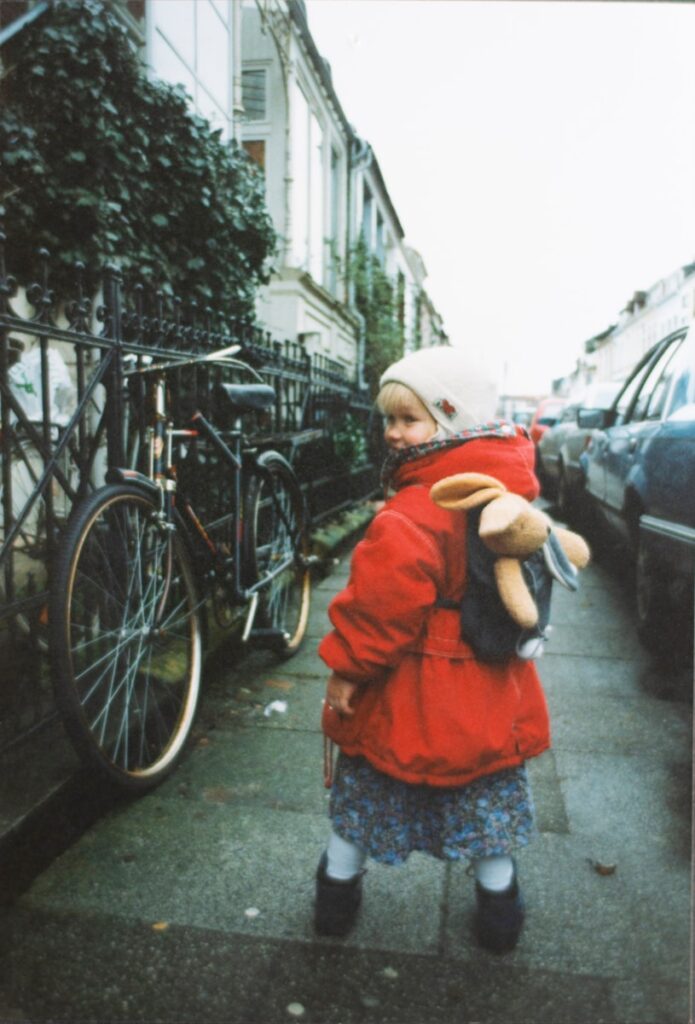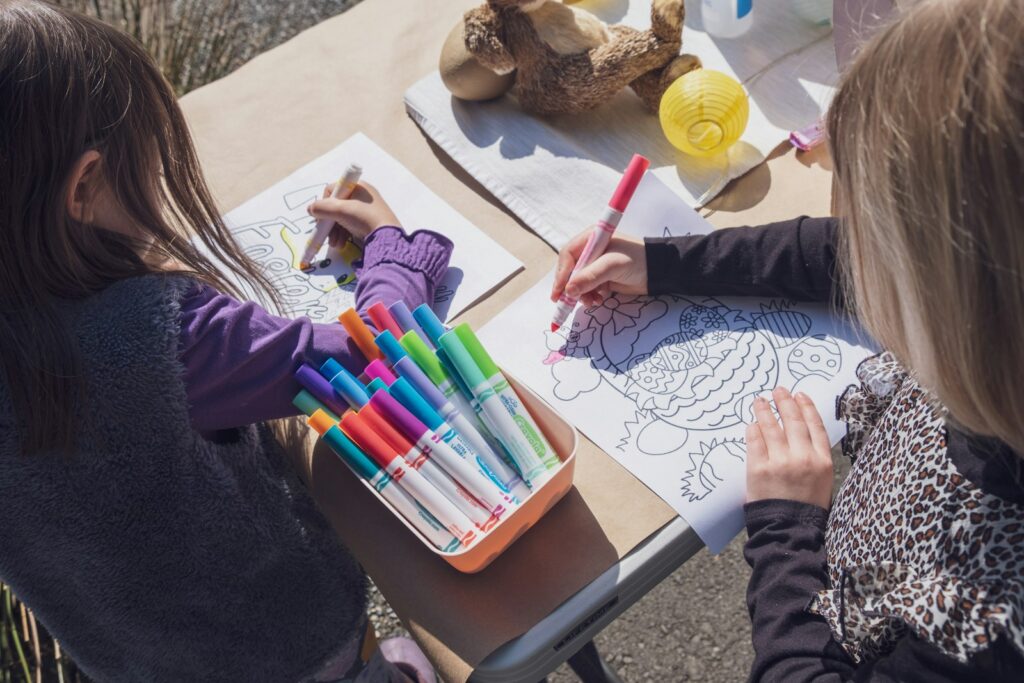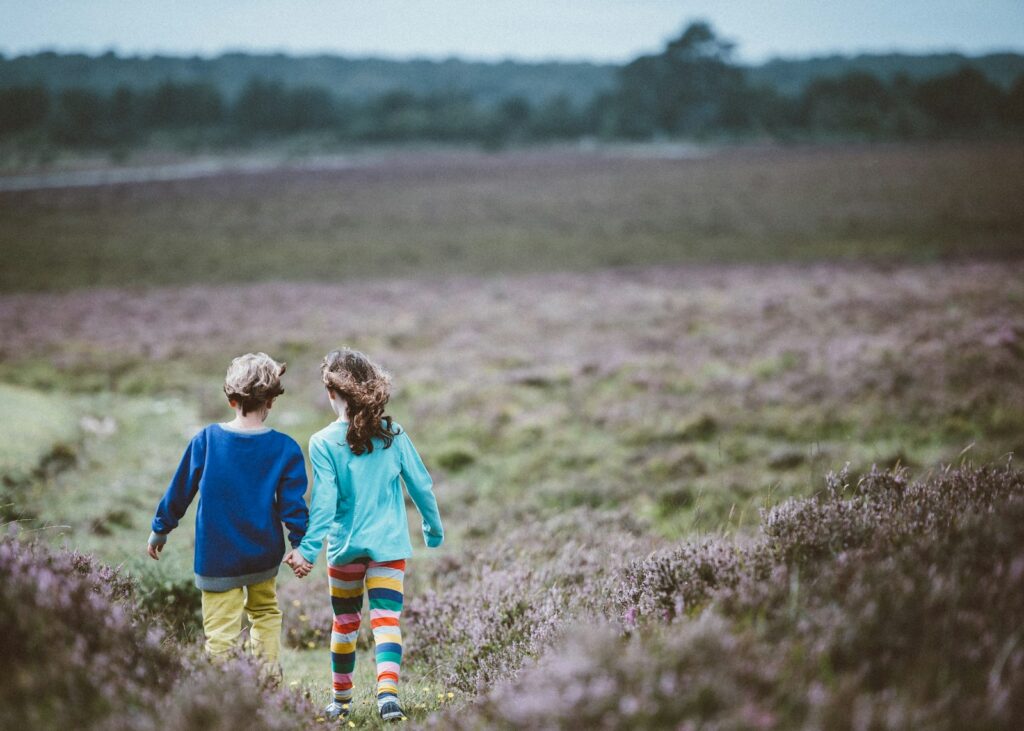Simple Mindfulness Exercises That Help Kids Build Emotional Control
One of the most important aspects of parenthood is guiding children in managing their intense emotions. Though they often have powerful feelings, children are not always sure what to do with them. Finding basic mindfulness techniques for children can make real changes in toddlers, preschoolers, and school-aged children.
Parents can aid by helping them learn to pause, inhale, and observe what is going inside. This is where children’s mindfulness methods find application. These activities let children slow down and develop improved emotional control. This blog will coach you through straightforward and useful mindfulness methods for children that can be easily carried into daily life.
Why Mindfulness Techniques for Children Matter
Many parents wonder why children’s mindfulness activities are so important. The truth is, children often act out simply because they haven’t yet developed the ability to pause and process their emotions. When children learn mindfulness practices, they gain tools to observe their feelings before reacting impulsively.
Research shows that mindfulness helps children relax and improves their ability to concentrate. One study found that regular mindfulness practitioners demonstrated significantly better self-regulation skills in the classroom and experienced lower anxiety levels. This is particularly meaningful when helping children navigate challenging situations.
By introducing mindfulness techniques, parents can help their children learn to calm down, recognize their emotions, and make thoughtful decisions rather than reacting on impulse.
How to Start Mindfulness Techniques for Children at Home
Beginning mindfulness activities with your children doesn’t require creating a perfect environment. Everyday moments provide excellent opportunities to teach these skills. Children can learn to pay attention to their breathing or notice how their body feels while brushing their teeth or getting ready for bed.
The most effective mindfulness exercises for children feel like play. Simple activities like breathing exercises, quiet listening, and observing their heartbeat after jumping can help children stay present. When parents seek mindfulness practices for their children, it’s really about helping them become aware of what’s happening in the present moment.
Daily short mindfulness practices help establish positive habits over time. Research indicates that brief daily mindfulness exercises can improve children’s attention and help them manage emotional outbursts within just a few weeks. This is why keeping things simple and consistent is so important.

Mindfulness Techniques for Children: The Breathing Buddy Exercise
The breathing buddy exercise is one of the simplest mindfulness activities for children. Young children lie on their backs with a stuffed animal on their chest and watch it rise and fall with their breath. This teaches children to slow down their breathing when they feel emotionally overwhelmed.
This type of activity is particularly helpful for mindfulness-based impulse control. Children who are shy, energetic, or easily frustrated can use this technique to pause before reacting. Parents can practice this alongside their children to create a shared, calming moment.
Mindfulness Techniques for Children: Squeeze and Release
This exercise is perfect for children with extra energy. It’s one of those mindful activities that helps children become aware of tension in their bodies. Children squeeze their hands into tight fists for a few seconds, then release and notice the difference. They can also tense their shoulders or their entire body like a statue before relaxing.
Through these simple movements, children learn to recognize when their muscles are tight and how to release that tension. It’s a natural way to increase body awareness and develop self-soothing skills for managing big emotions.
Mindfulness Techniques for Children: Bubble Breaths
Blowing bubbles isn’t just fun. It’s also one of the most effective mindfulness exercises for young children. When children blow bubbles, they naturally take deep, slow breaths. Watching the bubbles float helps children slow down and focus.
Parents can enhance this mindfulness activity by gently encouraging their child to observe the bubbles’ size, speed, and colors. This teaches children to pay attention to the present moment and shows them how slowing their breath can help relax their body.
Mindfulness Techniques for Children: Listening to Nature Sounds
Young children often enjoy quiet outdoor listening as a mindfulness exercise. Children can close their eyes and identify the sounds they hear—birds chirping, leaves rustling, wind blowing, or even distant cars. This peaceful activity is a powerful component of mindfulness for impulse control.
It helps children stop, listen, and observe their surroundings instead of reacting quickly. Parents can also use this technique at home during quiet moments or on walks. It’s a gentle way to help children tune in without feeling like they’re being taught a formal lesson.
Mindfulness Techniques for Children: Mindful Coloring
Coloring is one of the best mindful activities for children. It’s not just a leisure activity. When children color slowly and deliberately, they naturally become present and focused. It also provides a safe space for children to express emotions they might not be able to verbalize.
Parents looking for children’s mindfulness exercises can provide simple coloring pages and encourage children to notice how the colors make them feel or how it feels to move the crayon across the paper. Mindful coloring helps calm a busy mind and develops patience.

Mindfulness Techniques for Children: Belly Breathing Before Bed
Bedtime offers a perfect opportunity for children to practice mindfulness techniques as the day winds down. Parents can guide their children to feel their belly rise and fall as they breathe slowly. This nighttime breathing practice helps children relax and can reduce the anxiety that sometimes keeps little ones awake.
This simple and soothing exercise is also one of the best mindfulness activities for toddlers. Children who practice this nightly begin to develop a habit of relaxing their bodies before sleep. It’s also a wonderful way for parents and children to bond quietly at the end of the day.
Mindfulness Techniques for Children: Mindful Walking
Mindful walking is one of those versatile mindful activities that works both indoors and outdoors. Children can walk slowly and focus on each step. Parents might ask their children to notice how their legs move or how their feet feel on the ground.
This type of walking is especially beneficial for children who feel restless or fidgety, helping them pause and notice their bodies. It gently reminds children to slow down and stay connected to the present moment.

Mindfulness Techniques for Children: Hand Tracing Breaths
Hand tracing offers another simple way for children to learn mindfulness practices. A child gently traces the outline of their hand with their finger, breathing in as they move up each finger and breathing out as they move down. This basic activity helps children focus their attention and breath simultaneously.
It’s also excellent for mindfulness-based impulse control because it gives children something to do with their hands when they feel overwhelmed.
Conclusion
Mindfulness techniques provide children with simple tools for managing strong emotions and building emotional resilience. From belly breathing to mindful coloring, these quiet moments help children develop focus and patience in age-appropriate ways.
Parents can weave mindfulness practices into daily life through simple activities that feel like play. Whether you’re guiding your child through mindful eating or helping them slow down at bedtime, every moment teaches them how to pause and tend to their emotions.
These practices don’t require perfection, just consistency and patience. As children develop these skills, they’ll be better equipped to handle life’s challenges with greater calm and self-awareness.